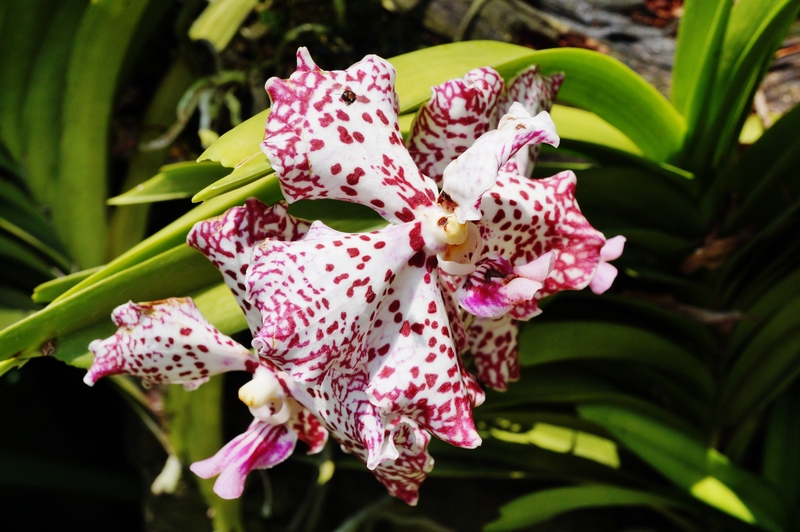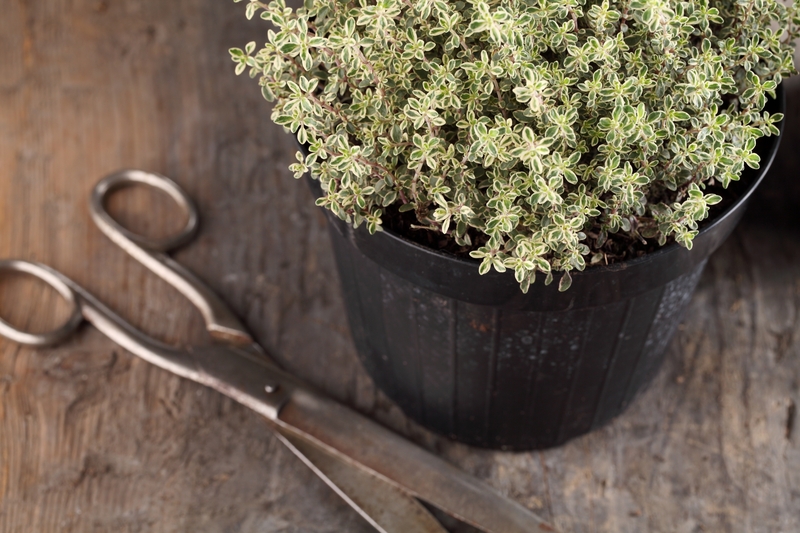Gardening for Beginners: 9 Essential Tips for a Thriving Garden
Posted on 18/08/2025
Gardening for Beginners: 9 Essential Tips for a Thriving Garden
Embarking on your gardening journey can be an exciting yet overwhelming experience. If you've ever dreamed of transforming your outdoor space into a lush, green oasis or want to cultivate your own vegetables, you're in the right place. Gardening for beginners doesn't have to be complicated-in fact, with the right strategies and a bit of patience, your first garden can flourish beautifully.
This comprehensive guide presents you with the 9 most essential tips every new gardener needs to ensure a healthy, thriving garden. Whether you have a small balcony or a vast backyard, these practical gardening tips for beginners are designed to set you on the path to success.
1. Start Small and Choose the Right Location
One of the most common mistakes beginning gardeners make is trying to do too much at once. It's tempting to plant a wide variety of flowers, vegetables, and herbs. However, starting small with your gardening projects allows you to learn and manage your plants without being overwhelmed.
Find the Perfect Spot
- Sunlight: Most plants require at least 6 hours of sunshine daily. Observe your yard or balcony throughout the day to determine which areas receive the most light.
- Accessibility: Ensure your garden is easy to reach for daily watering and maintenance.
- Drainage: Avoid low-lying areas where water collects after rain. Good drainage prevents root rot and mold.
Pro Tip: If space is tight, consider container gardening or raised beds to maximize your productive area.

2. Understand Your Soil
Quality soil is the foundation of a flourishing garden. Different plants thrive in different types of soil, so it's crucial to test your soil before you plant.
Soil Testing and Improvement
- Use a simple soil test kit from a garden center to measure pH and nutrient levels.
- Add organic matter like compost, aged manure, or leaf mold to improve structure and fertility.
- If the soil is too sandy, incorporate clay-rich amendments. If it's too clayey, add sand or organic matter for better aeration.
Remember, healthy soil equals healthy plants!
3. Choose the Right Plants for Your Region
Gardening success largely depends on choosing plants that are suited to your local environment. Not all plants will thrive everywhere, so it's important to consider your climate, soil, and exposure to sunlight or shade.
How to Select Suitable Plants
- Research your hardiness zone: The USDA Hardiness Zone Map helps you identify which plants can survive year-round in your location.
- Native plants: These are naturally adapted to your region's climate and need less maintenance.
- Consult local nurseries and extension offices for recommendations tailored to your area.
Tip: For beginner gardening, select easy-to-grow options such as tomatoes, marigolds, zucchinis, basil, and sunflowers.
4. Plan and Design Your Garden Layout
Before getting your hands dirty, spend some time planning your garden layout. A well-thought-out design not only looks attractive but also makes maintenance easier and can maximize your harvest or blooms.
The Basics of Layout Planning
- Group plants with similar needs: For efficient watering and care.
- Allow enough space: Plants need room to grow. Check the mature size on plant labels and provide adequate spacing.
- Consider companion planting-some plants benefit from being planted near others, while some combinations should be avoided.
Sketch your garden on paper before planting--this helps you visualize where everything will go!
5. Master Watering Techniques
One of the biggest challenges in beginner gardening is watering correctly. Too little water stunts plant growth, while too much can lead to disease and root rot.
Tips for Effective Watering
- Water early in the morning to reduce evaporation and prevent heat stress.
- Water the soil, not the leaves: Wet foliage can promote fungal diseases.
- Use drip irrigation or soaker hoses for consistent moisture and water conservation.
- Check soil moisture with your finger--if the top inch is dry, it's time to water.
Remember: Consistent, deep watering is better than frequent shallow watering.
6. Feed Your Garden with Quality Fertilizer
Even with great soil, your plants will appreciate a nutritional boost. Fertilizer ensures your plants receive essential nutrients, leading to robust growth, bigger blooms, and tastier produce.
Natural and Commercial Fertilizing Options
- Organic compost: Ideal for enriching soil naturally and sustainably.
- Commercially available fertilizers--choose the right type (slow-release, liquid, balanced NPK) based on your plants' needs.
- Follow instructions on fertilizer packaging to avoid overfeeding, which can harm your plants.
Fertilize in moderation, typically once every 4-6 weeks, and water deeply afterward to prevent root burn.
7. Stay on Top of Weeds and Pests
Weeds and pests are inevitable, but they can be controlled with proactive measures. Early intervention is key to a thriving garden.
Simple Tips to Beat Weeds & Insects
- Mulch your beds with wood chips, straw, or grass clippings to suppress weeds and retain moisture.
- Pull weeds regularly, especially when they're small and before they seed.
- Encourage beneficial insects like ladybugs and lacewings that prey on common garden pests.
- Use organic pest control methods like neem oil, insecticidal soap, or hand-picking.
Check your plants daily for signs of infestation--spotting problems early prevents major issues later.
8. Prune and Deadhead for Healthier Plants
Regular pruning and deadheading encourages new growth, keeps plants healthy, and improves appearance. This is especially important for flowering plants and fruit-producing shrubs.
How to Prune and Deadhead Effectively
- Remove dead, damaged, or diseased stems and branches to promote air circulation.
- Snip off spent flowers (deadheading) to encourage more blooms.
- Use clean, sharp tools to prevent the spread of disease.
- Learn specific techniques for different plants--some require special pruning schedules.
Don't be afraid to trim plants back--most will reward you with stronger and more vigorous growth.
9. Be Patient and Keep Learning
Perhaps the most important gardening advice for beginners is that gardening is a long-term process. Plants need time to grow, and mistakes are part of the learning curve. Patience and curiosity are your best allies on this green adventure.
Continual Improvement as a Gardener
- Keep a garden journal to note what works and what doesn't.
- Read gardening books, watch videos, and join community groups for inspiration and troubleshooting.
- Don't hesitate to experiment--each season brings new lessons.
Celebrate your successes, and don't get discouraged by setbacks. Every gardener--even the experts--started somewhere!

Frequently Asked Questions about Gardening for Beginners
How do I know when to start planting?
The best time to plant depends on your local climate and the type of plants. Check the back of seed packets or plant tags for guidance, and consult a local gardening calendar for frost dates.
Which garden tools are essential for beginners?
- Hand trowel
- Pruning shears
- Watering can or hose
- Garden gloves
- Rake and spade (for larger gardens)
How much time does a beginner garden require?
Expect to spend a little time each day (even 10-15 minutes) checking your plants, watering, weeding, and pruning. Regular attention leads to a much healthier garden.
Final Thoughts: Your Thriving Beginner Garden Awaits
With these nine essential gardening tips for beginners, you're poised to create a lush, healthy garden that brings joy, beauty, and possibly fresh food to your home. Remember, every great gardener was once a beginner. Start small, learn through experience, and most importantly--have fun growing!
Happy gardening! Get your hands in the dirt and watch your new green world bloom.

